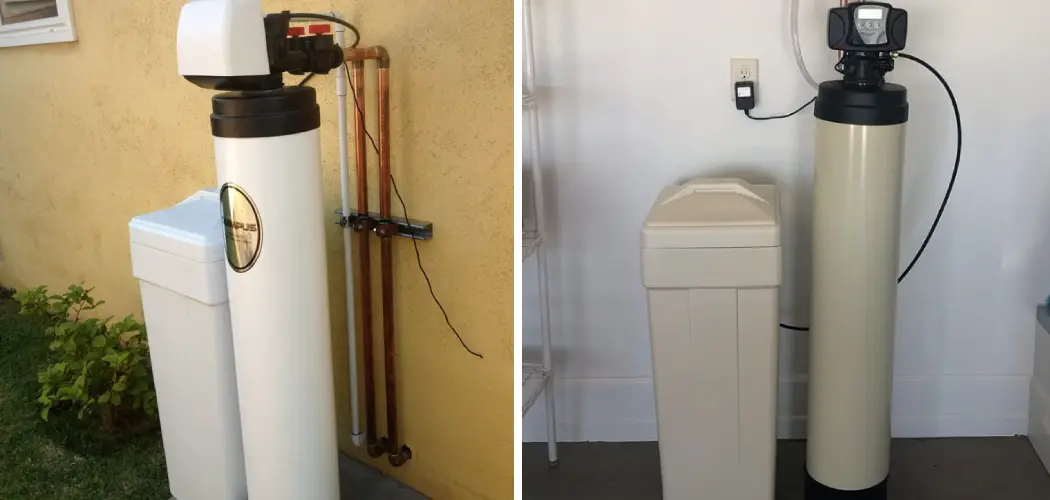Cleaning a water softener system is an essential maintenance task that should be done regularly to ensure its proper functioning. Over time, minerals and sediments can accumulate in the resin tank, reducing the softening efficiency of the system. Regular cleaning helps remove these buildup and prolongs the life of your water softener.
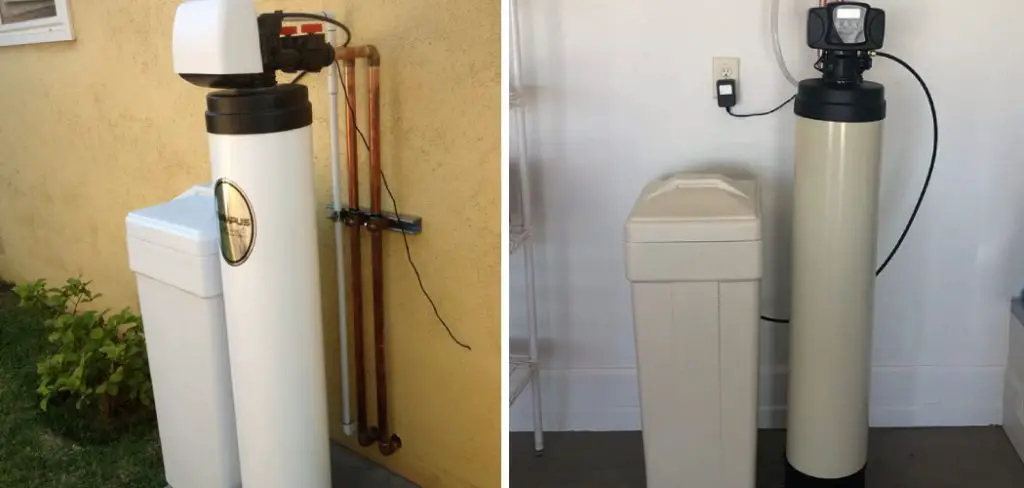
The main advantage of cleaning a water softener system is the improved efficiency and effectiveness in removing hard minerals from your water. A clean system will also use less salt and require fewer regenerations, which can save you money on maintenance costs. In this blog post, You will learn in detail how to clean a water softener system.
Step-by-step Instructions for How to Clean a Water Softener System
Step 1: Inspect the System
Before beginning the cleaning process, it is important to inspect your water softener system for any signs of damage or wear. Look for cracks, leaks, or other visible issues that may need to be addressed before cleaning.
Step 2: Turn Off the Water Supply
To safely clean your water softener system, you will need to turn off the water supply. This will prevent water from flowing through the system while you are cleaning it.
Next, you will need to drain the resin tank. This is where the softening process takes place and can become clogged with debris over time. To drain the tank, locate the control valve and turn it to bypass or service mode. Once in this mode, open the drain valve and allow all of the water to drain out.
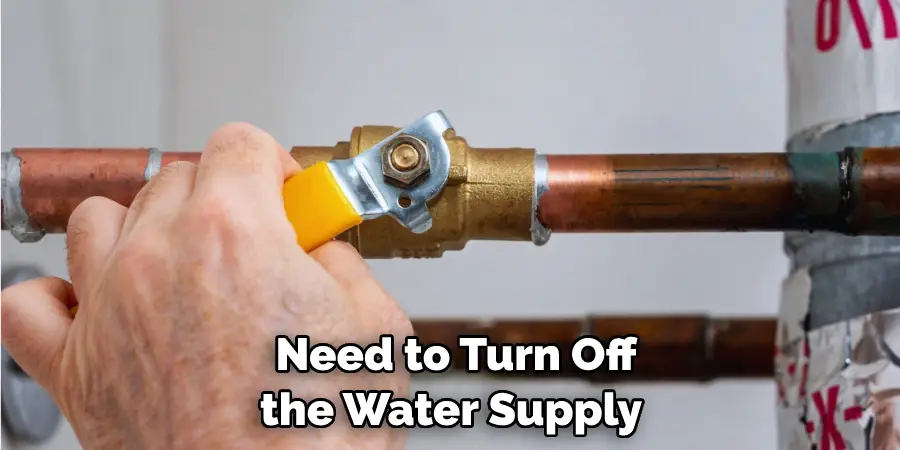
Step 3: Remove the Resin Beads
After draining the resin tank, you will need to remove the resin beads. These small beads are responsible for softening your water but can become dirty and clogged over time. Carefully scoop out the beads using a plastic scoop or spoon and place them in a clean container.
With the resin beads removed, you can now clean the tank itself. Use a mixture of warm water and mild detergent to scrub away any built-up residue or debris. Rinse thoroughly with clean water before proceeding to the next step.
Step 4: Clean the Brine Tank
The brine tank is where the salt used for regeneration is stored. Over time, salt residue can build up and cause issues with your system. To clean the brine tank, empty out any remaining salt and use warm water and a mild detergent to scrub away any residue. Rinse thoroughly before refilling with fresh salt.
If you noticed any damage or wear during the inspection, now is the time to replace those parts. This will ensure that your water softener system continues to function properly after cleaning.
Step 5: Reinstall the Resin Beads
After cleaning and replacing any damaged parts, it’s time to reinstall the resin beads into the tank. Be sure they are evenly spread throughout the tank for optimal performance.
To fully clean your water softener system, it is important to regenerate it. This process involves running a saltwater solution through the resin beads to remove any remaining debris or buildup. Refer to your specific system’s manual for instructions on how to properly regenerate it.
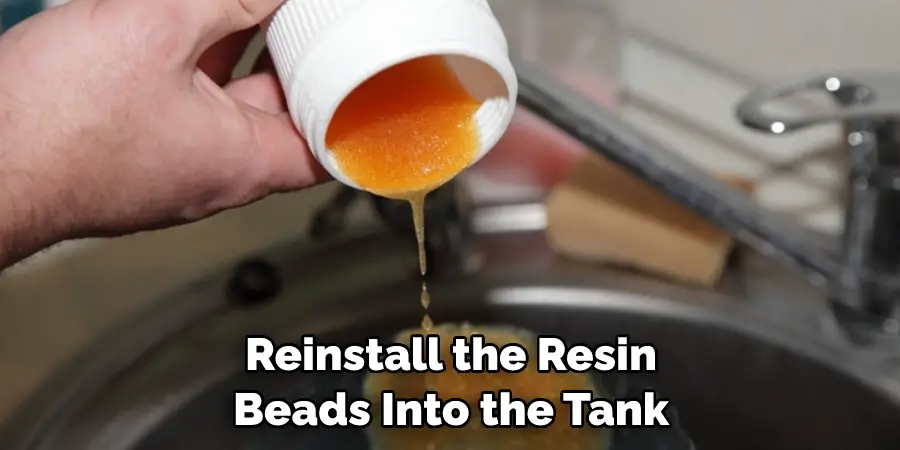
Step 6: Turn Water Supply Back On
Once the regeneration process is complete, you can turn the water supply back on and put your system back into its normal operating mode. It is recommended to test your water for hardness levels after cleaning to ensure that your system is working effectively.
By following these simple steps, you can effectively clean your water softener system and ensure that it continues to provide soft water for you and your household. Remember to regularly inspect and clean your system to maintain its efficiency and prolong its lifespan.
Safety Tips for How to Clean a Water Softener System
- Always turn off the water supply before beginning the cleaning process.
- Wear protective gear, such as gloves and safety glasses, to avoid contact with any chemicals or debris.
- Use caution when draining the resin tank as it may contain sharp objects or debris.
- Follow all instructions and precautions outlined in your specific system’s manual.
- Keep children and pets away from the cleaning area to prevent accidents.
- Dispose of any hazardous materials, such as chemicals or debris, properly according to local regulations.
- If you are unsure about how to clean your water softener system safely, consult a professional for assistance.
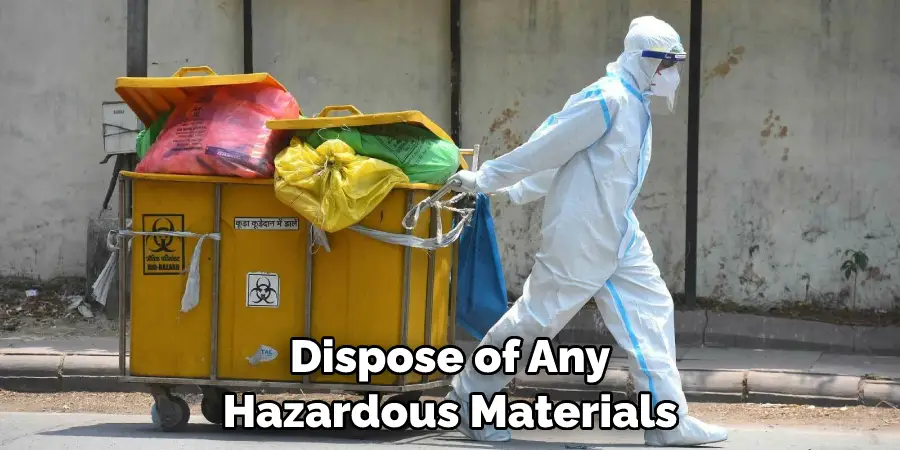
By following these safety tips, you can ensure that the cleaning process is done effectively and without any accidents or harm to yourself or others. Remember, safety should always be a top priority when performing any maintenance or cleaning on household appliances.
What Are the Benefits of Regularly Cleaning a Water Softener System?
Cleaning a water softener system is an essential maintenance task that should be performed regularly to ensure its optimal performance. Not only does regular cleaning improve the efficiency of the system, but it also helps to prolong its lifespan and prevents costly repairs or replacements in the future. Some of the key benefits of regularly cleaning a water softener system include:
1. Removing Buildup
Over time, minerals and other impurities in the water can accumulate inside the system, causing clogs and reducing its efficiency. Regular cleaning helps to remove this buildup, allowing the system to function properly.
2. Preserving Resin Beads
The resin beads are a crucial component of a water softener system as they are responsible for removing hard minerals from the water. Without proper cleaning, these resin beads can become coated with mineral deposits, rendering them ineffective. Regular cleaning can help to preserve the resin beads and ensure they continue to function efficiently.
3. Preventing Malfunctions
Neglecting to clean a water softener system can lead to various malfunctions, such as clogs, leaks, or even complete system failure. Regular cleaning helps to prevent these issues from occurring and ensures that the system continues to run smoothly.
4. Maintaining Water Quality
When a water softener system is not regularly cleaned, it can lead to a decrease in water quality. The buildup of minerals and impurities can result in hard or discolored water, making it unpleasant to drink or use for household tasks. Regular cleaning helps to maintain the quality of your water and ensures it remains safe for consumption and other uses.
5. Saving Money
By regularly cleaning a water softener system, you can potentially save money in the long run. Not only does it prevent costly repairs or replacements, but it also improves the efficiency of the system, resulting in lower energy bills.
By investing a little time and effort into regular cleaning, you can reap numerous benefits and avoid potential problems down the line. So make sure to add this task to your household maintenance routine, and enjoy all the advantages that come with a clean water softener system.
Are There Any Health Risks Associated With Not Regularly Cleaning a Water Softener System?
Environmental and health concerns are often at the forefront of our minds when it comes to maintaining household systems. When it comes to cleaning a water softener system, there may be some potential risks associated with neglecting regular maintenance.
One of the main concerns is the buildup of bacteria and other contaminants in the system. Water softeners use salt or potassium chloride to remove minerals from hard water, and over time this can create a breeding ground for bacteria.
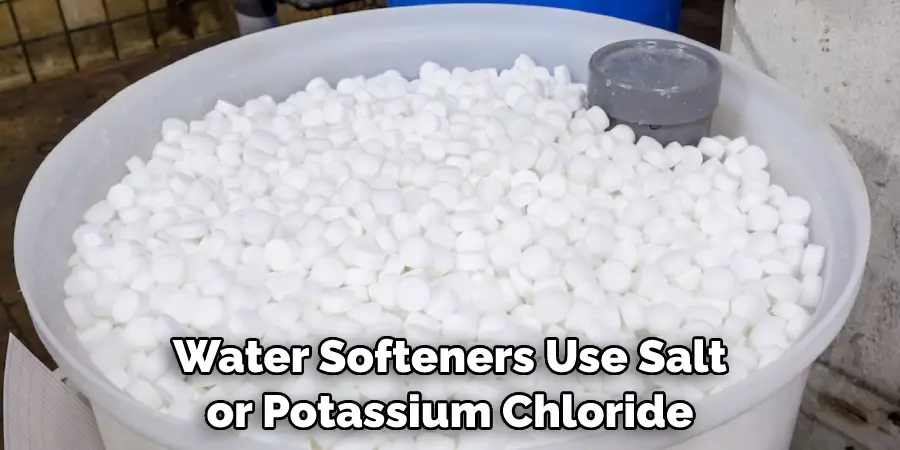
If left unchecked, these bacteria can contaminate the softened water that is used for drinking, cooking, and bathing. This can potentially lead to health issues such as gastrointestinal problems or skin irritation.
To prevent these risks, it is important to regularly clean and disinfect your water softener system according to manufacturer instructions. Fortunately, there are alternative methods and products that can effectively clean a water softener system while being more environmentally friendly.
What Are Some Common Mistakes to Avoid When Cleaning a Water Softener System?
When it comes to maintaining a water softener system, cleaning is an essential part of the process. A clean water softener ensures that your appliances function properly and helps prolong the life of the system.
However, many people make mistakes when it comes to cleaning their water softeners, which can lead to potential problems down the line. Here are some common mistakes to avoid when cleaning a water softener system:
1. Not Following the Manufacturer’s Instructions
Every water softener system is different, and it’s crucial to follow the specific cleaning instructions provided by the manufacturer. Using the wrong cleaning products or techniques can damage the system and void any existing warranties.
2. Forgetting to Shut Off the Water Supply
Before beginning any cleaning process, it’s essential to shut off the water supply to the softener system. Failure to do so can result in water leaking out of the system and causing a mess.
3. Not Cleaning the Resin Beads
The resin beads are responsible for removing hard minerals from the water, and over time they can become coated with sediment and other build-up. It’s crucial to clean these regularly to ensure the system functions properly.
4. Using Harsh Chemicals
While it’s essential to use some cleaning products to keep your water softener system in top shape, using harsh chemicals can damage the system and potentially harm your health. Stick to mild, water-based cleaners recommended by the manufacturer.
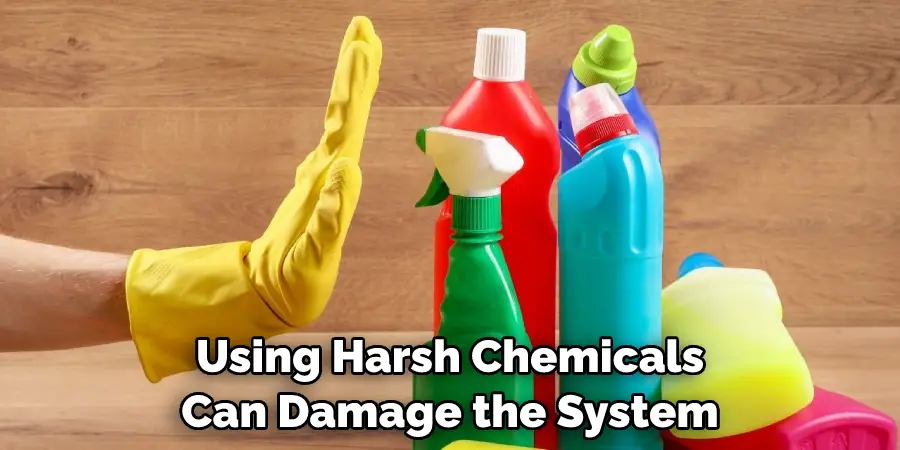
5. Neglecting Other Components
Don’t just focus on cleaning the resin beads, make sure to also clean the brine tank, control valve, and other components of the system. These can also become dirty and affect the overall efficiency of the system.
By avoiding these common mistakes, you can ensure that your water softener system stays in top condition and provides you with high-quality softened water for years to come. Remember to regularly clean your system according to the manufacturer’s instructions to avoid potential problems and maintain water softener system efficiency.
Conclusion
In conclusion, cleaning a water softener system is an essential task that ensures the longevity and efficiency of your unit. Neglecting to clean it regularly can result in hard water, mineral buildup, and potential damage to your appliances and plumbing fixtures.
As discussed in this blog, there are several steps involved in cleaning a water softener system. It is crucial to follow these steps carefully and use the recommended products to ensure a successful cleaning process.
Regular maintenance and cleaning of your water softener system can save you time, money, and headaches in the long run. By following these simple steps, you can keep your system running smoothly and your water free from minerals. I hope this article has been beneficial for learning how to clean a water softener system. Make Sure the precautionary measures are followed chronologically.

